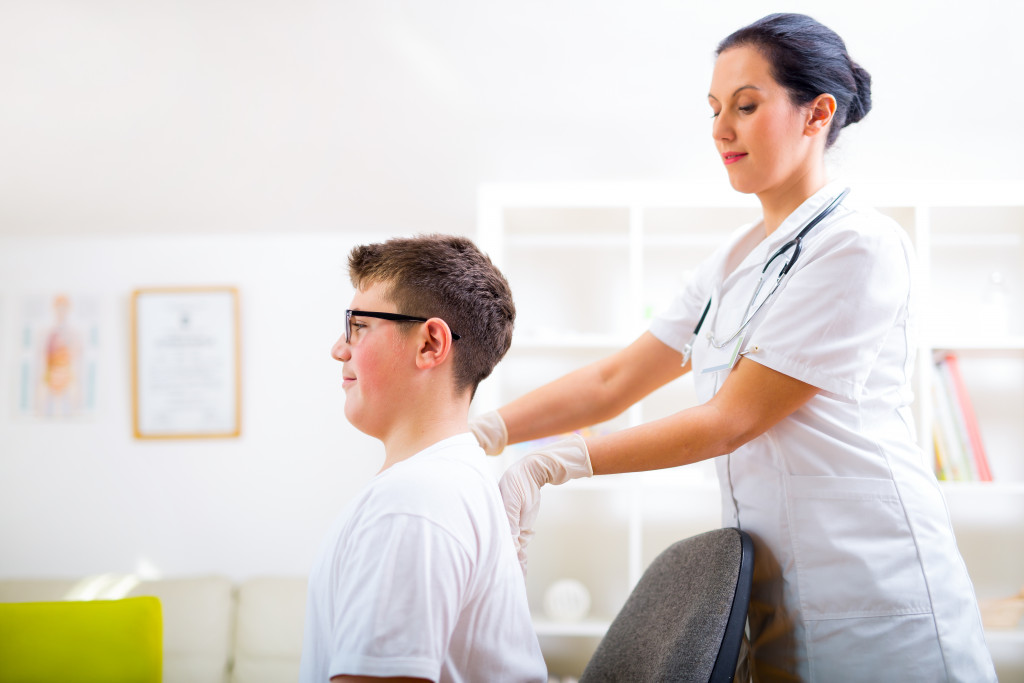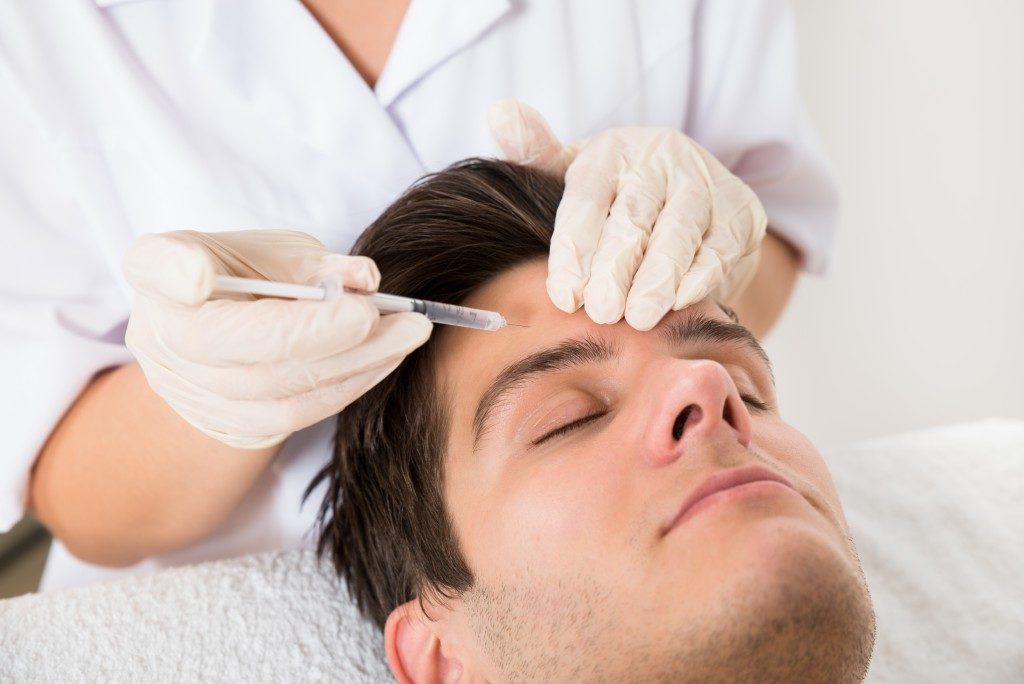Adolescence is often considered a time of good health. However, several common bone diseases can affect teenagers during this stage of life. These diseases range from mild to severe and can cause various symptoms, including pain, fragility, decreased range of motion, and even deformity. Early diagnosis and treatment are essential to managing these conditions and preventing long-term complications. Here are some bone diseases that can develop in children and adolescents, along with what parents should know about each one:
Osteogenesis Imperfecta
Osteogenesis imperfecta, or brittle bone disease, is a disorder that causes fragile bones. People with osteogenesis imperfecta are at an increased risk for fractures. They may also experience short stature, hearing loss, and joint problems. There is no cure for osteogenesis imperfecta, but treatment can help manage the symptoms and reduce the risk of fractures. There are a variety of treatment methods used to treat osteogenesis imperfecta. Treatment may include surgery, physical therapy, and using assistive devices. Depending on the case, surgery may be necessary to correct bone deformities or to stabilize broken bones.
Meanwhile, physical therapy can help improve mobility and strength. And assistive devices, such as braces or wheelchairs, can help people with osteogenesis imperfecta stay active and mobile. People with osteogenesis imperfecta can lead full and active lives with proper care. Early diagnosis and treatment are important for preventing complications and maximizing quality of life.
Scoliosis
Scoliosis is where the spine curves to the side, which may look like an S or a C. It is most commonly diagnosed between the ages of 10 and 18. For milder cases, scoliosis doesn’t cause pain. But for more severe curvatures, it can be painful and lead to problems with breathing. There is no specific cause or cure for this condition, but the right treatment plan can help prevent it from getting worse. The goal of treatment is to stop the spine from curving more and to relieve pain.
In most cases, treatment involves wearing a back brace or having surgery. If the curve is mild, the doctor may likely schedule regular appointments, so they can check to see if the curve is getting worse. If the curve is more severe, patients may need surgery where metal rods are placed along the spine to hold it in place while it heals. However, non-surgical options can also help reduce the severity of the curve, such as physical therapy and exercises. By getting non-surgical scoliosis treatment, you can help prevent the curve from getting worse while also managing pain and discomfort.

Rickets
Rickets is a condition that primarily affects children, although a similar disorder can also occur in adults. It is commonly diagnosed in toddlers aged 6 to 24 months old. It is characterized by softening and weakening bones due to a lack of vitamin D, which is essential for the proper absorption of calcium and phosphorus. Treatment for rickets typically involves an increased intake of vitamin D and calcium, along with regular monitoring by a doctor. Strictly following the treatment plan often results in a full recovery from the condition. However, there are also cases where rickets that result in deformity would require surgery or other treatments to repair the affected bones. With proper care and early diagnosis, however, many people with rickets can live happy and healthy lives without any long-term complications
Hypophosphatasia
Hypophosphatasia is a rare genetic disease that causes softening of the bones. It is caused by a deficiency of alkaline phosphatase, an enzyme that helps to mineralize bone tissue. The condition can be inherited or acquired. Inherited hypophosphatasia is caused by a mutation in the ALPL gene. The condition can lead to bone pain, fractures, dental problems, and short stature. Treatment typically involves medication to help manage the symptoms. In some cases, surgery may be necessary to correct limb deformities. With early diagnosis and treatment, most people with hypophosphatasia live normal, healthy lives.
Fibrous Dysplasia
Fibrous dysplasia is a bone disorder that results in the replacement of normal bone with fibrous tissue. The affected bone may become weak and susceptible to fracture. Fibrous dysplasia generally affects only one bone, but multiple bones may be affected in some cases. The disorder most commonly affects bones in the arms and legs, but it can also occur in the skull, ribs, and pelvis. Symptoms of fibrous dysplasia may include pain, swelling, and deformity of the affected bone. Treating severe fibrous dysplasia often involves surgery to partially remove the affected bone tissue and replace it with artificial bone or metal implants.
Bone diseases can occur in adolescents, and these diseases or disorders can also be diagnosed earlier. As a parent, it is important to know the signs and symptoms of bone diseases to get your child diagnosed and treated as soon as possible. Early diagnosis and treatment offer the best chance for a better prognosis.









